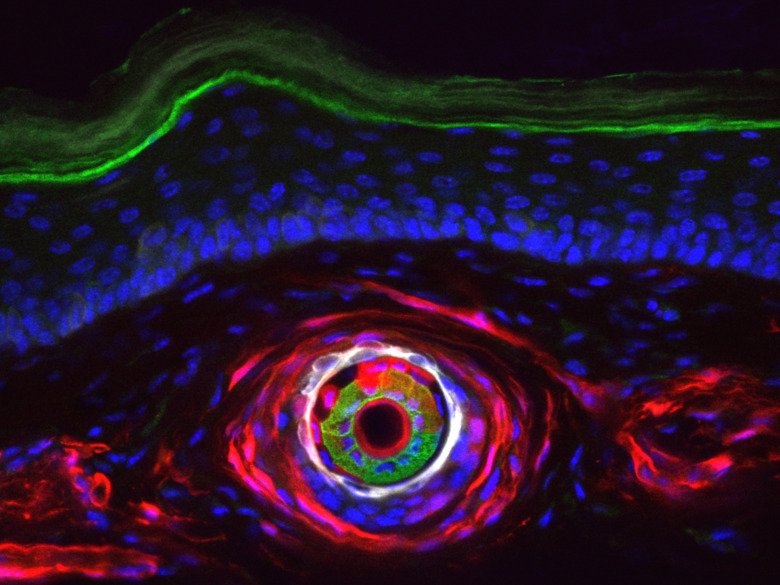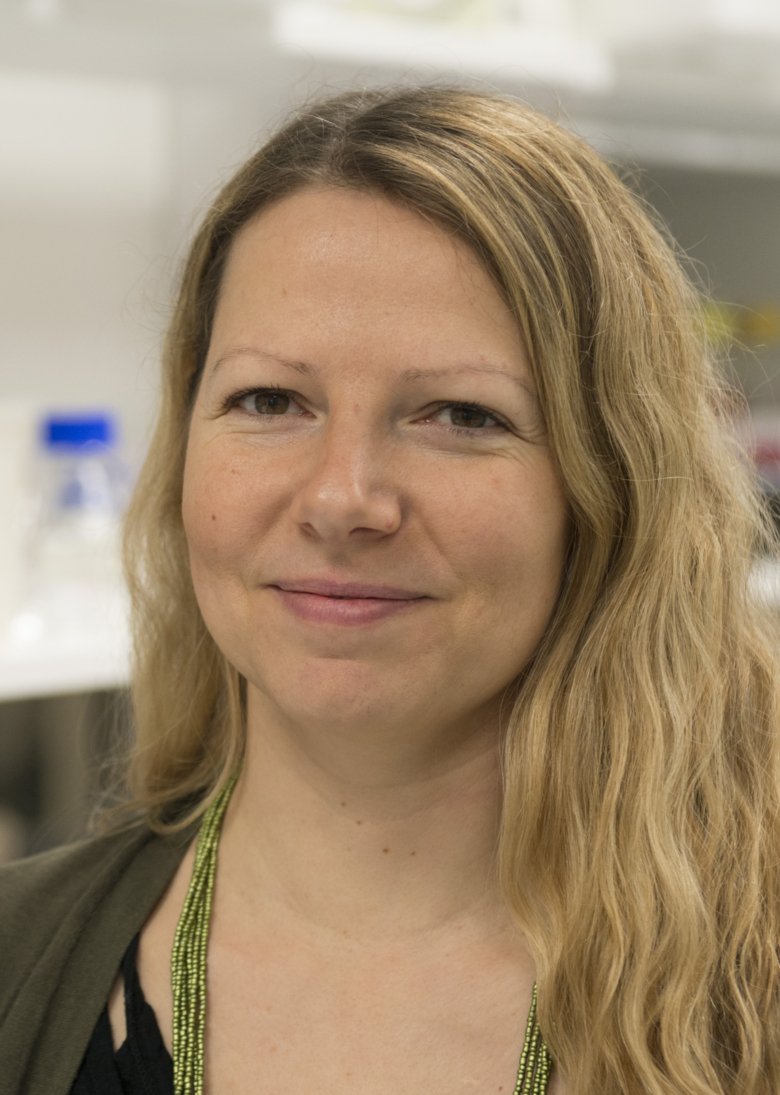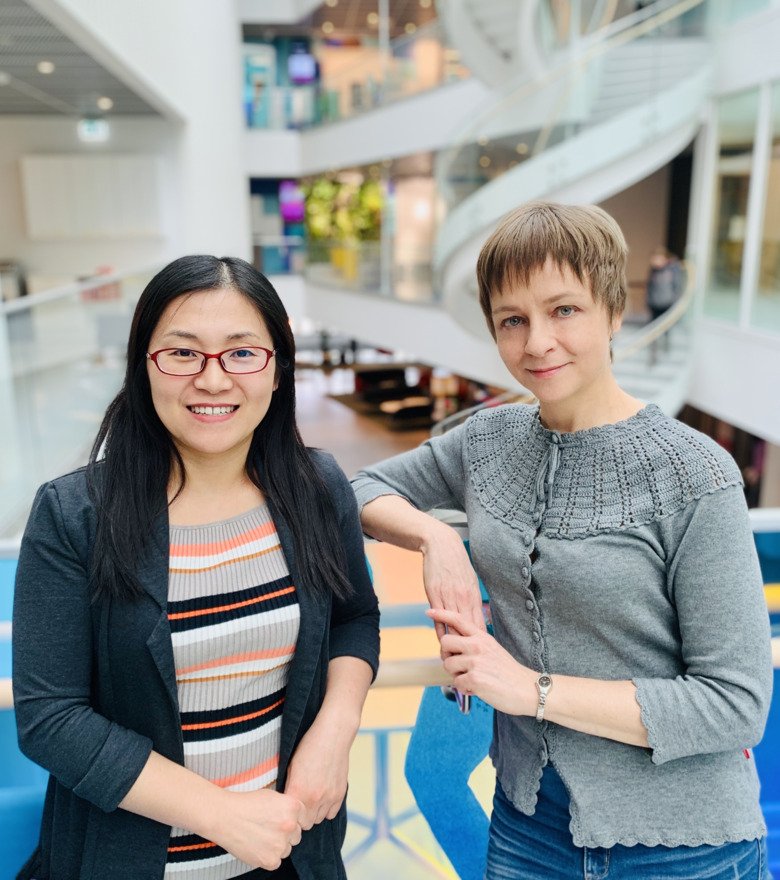New insights provide hope for new hair growth in adults

We are born with all the hair follicles that we will ever have in our lives, because after birth the skin loses the ability to create new hair follicles. If our skin is severely damaged it cannot form new hair follicles or associated sebaceous glands essential for keeping the skin moist. But now researchers at the Karolinska Institutet have revealed that controlled activation of the so-called Hedgehog-signaling pathway leads to new formation of hair follicles and hair in mice.
The study is published today in the scientific journal eLife.
We are born with all the hair follicles that we will ever have in our life. These structures are maintained by different types of cells (such as keratinocytes and fibroblasts) that work together to create hair. Follicles form in the embryo thanks to complex molecular signals, which include a molecular cascade known as the Hedgehog signaling pathway. After birth however, these molecular signals are shut down to avoid conflicting messages – inappropriate activation of Hedgehog signaling in adult skin, for instance, leads to tumors. This means that our skin loses the ability to make new hair follicles, and if skin is severely damaged it cannot regrow hair or produce the associated sebaceous glands that keep skin moisturized. Being able to create new hair in adult skin would be both functionally and aesthetically beneficial for patients in need (e.g. burn victims). Overall, it would also help to understand if and how it is possible to reactivate developmental programs after birth.

- To investigate this question, we activated Hedgehog signaling in the skin cells of genetically modified mice either in keratinocytes, in fibroblasts, or in both types of cells. The experiments showed that Hedgehog signaling could produce new hair follicles, but only when activated in keratinocytes and fibroblasts together, says Maria Kasper, research group leader at the Department of Biosciences and Nutrition, Karolinska Institutet.
The process took several weeks, mirrored normal hair follicle development and resulted in new hair shafts. The follicles grew on both the back of mice, where hair normally occurs, and even in paw areas that are usually hairless. Not unexpectedly the new hair follicles were accompanied with skin tumors. But, promisingly, treatment with Hedgehog-pathway inhibitor Vismodegib restricted tumor growth while keeping the new follicles intact. This suggests that future work on improving when and where Hedgehog signaling is activated may allow new follicle formation in adult skin with less adverse effects.

The study was financed with grants from the Swedish Research Council, the Swedish Cancer Society, the Swedish Foundation for Strategic Research, the Ragnar Söderberg Foundation, the Swedish Society for Medical Research, the Wenner-Gren Foundation and Karolinska Institutet PhD (KID) funding.
